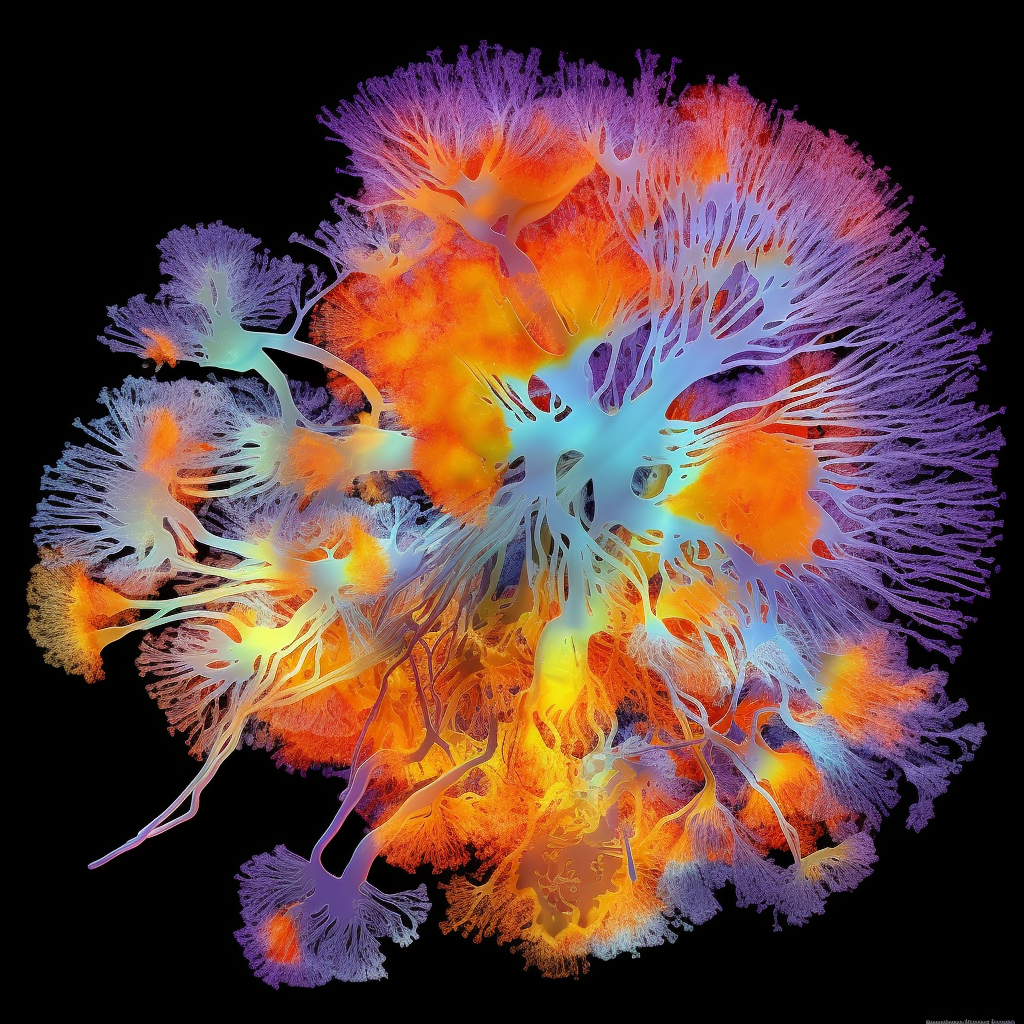Unveiling the Boundaries: Perception vs. Imagination in Dreaming
Dream Incorporation of External Stimuli: Unveiling the Boundaries of Perception and Imagination During Dreaming
Dreams have long fascinated and mystified us, offering glimpses into the depths of our subconscious minds. One intriguing aspect of dreaming is the phenomenon of dream incorporation, where external sensory stimuli are integrated into the dream experience. This article delves into the mechanisms behind this process, shedding light on how the sleeping brain assimilates real-world sensations and the implications it has for understanding the boundaries between perception and imagination during dreaming.
The Integration of Sensory Stimuli in Dreams
Dreams often weave together a tapestry of vivid sensations, encompassing not only visual imagery but also auditory, olfactory, and tactile experiences. Studies have shown that external stimuli can influence the content of dreams, with sounds, smells, and touch being incorporated into the dream narrative. By exploring the neural pathways and processes involved, we gain a deeper understanding of how the sleeping brain interacts with the external environment and transforms sensory inputs into dream elements.
Mechanisms Underlying Dream Incorporation
The brain's ability to incorporate external stimuli into dreams stems from the complex interplay between sensory processing, memory consolidation, and dream generation. During sleep, sensory information can still reach the brain, albeit in a modified form. The sleeping brain selectively filters and integrates these stimuli, often incorporating them into ongoing dream narratives. By unraveling the intricate mechanisms behind this integration, we unravel the mysteries of how perception and imagination intertwine within the realm of dreams.
Exploring the Boundaries: Perception vs. Imagination
Dream incorporation of external stimuli challenges the traditional demarcation between perception and imagination. As sensory inputs infiltrate dreams, the boundaries blur, leading to a fusion of reality and fantasy. This phenomenon raises intriguing questions about the nature of perception and the role of the subconscious mind in constructing our dream experiences. Understanding these boundaries can provide valuable insights into the complex nature of human consciousness and the mechanisms underlying dream formation.
Implications and Applications
Studying dream incorporation has practical implications beyond mere curiosity. It offers potential avenues for therapeutic interventions, as dreams provide a unique window into the unconscious mind. By unraveling the mechanisms of dream incorporation, we can gain valuable insights into the impact of external stimuli on our dreaming experiences, potentially aiding in the treatment of sleep disorders, trauma, and psychological conditions.
Conclusion
The phenomenon of dream incorporation of external stimuli offers a fascinating glimpse into the intricate workings of the sleeping brain. By investigating the mechanisms by which sensory information becomes woven into our dream experiences, we unlock a deeper understanding of the boundaries between perception and imagination during dreaming. These insights not only shed light on the enigmatic world of dreams but also hold the potential for transformative applications in psychology and therapy.





